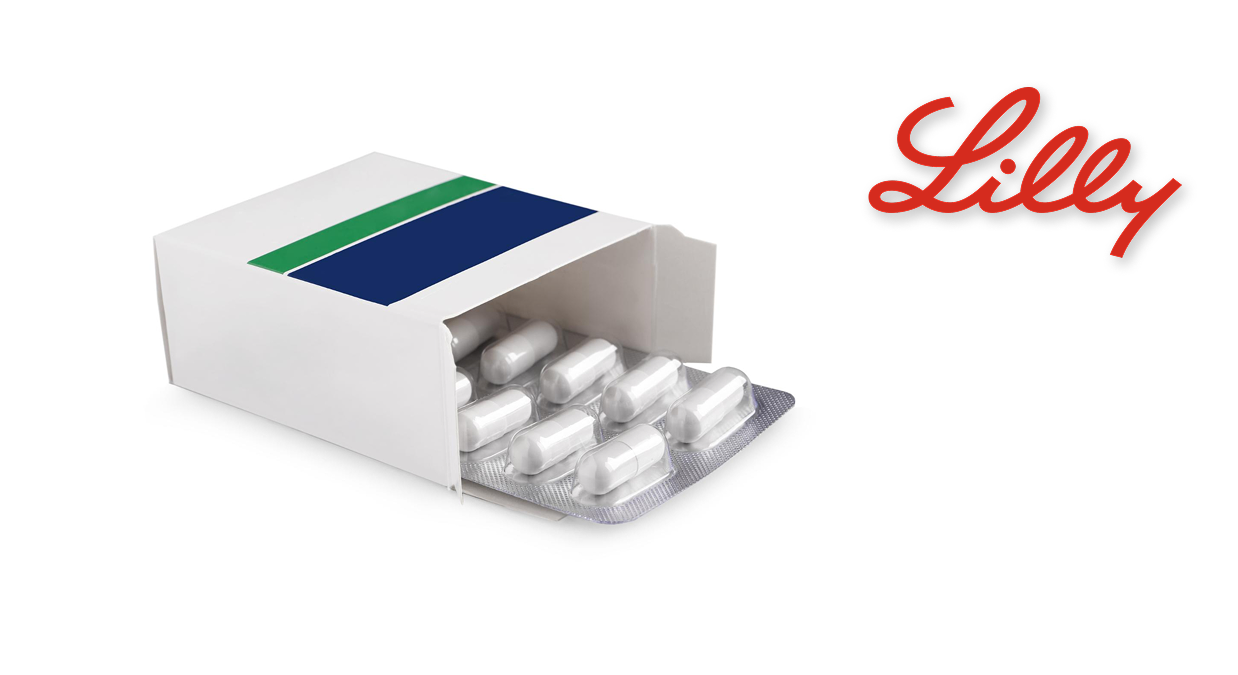Lilly’s Orforglipron Outperforms Oral Semaglutide In Phase 3 ACHIEVE-3 Diabetes Trial
Lilly’s ACHIEVE-3 shows orforglipron beats oral semaglutide in A1C and weight loss for adults with type 2 diabetes.
Breaking News
Sep 18, 2025
Vaibhavi M.

Eli Lilly and Company announced positive topline results from its Phase 3 ACHIEVE-3 study, which compared orforglipron, an oral non-peptide GLP-1 receptor agonist, with oral semaglutide in adults with type 2 diabetes inadequately controlled on metformin. The trial enrolled 1,698 participants and assessed both glycemic control and weight outcomes over 52 weeks.
Orforglipron, at both 12 mg and 36 mg doses, met the primary endpoint, achieving superior reductions in A1C compared to oral semaglutide at 7 mg and 14 mg. Average A1C reductions were 1.9% and 2.2% for orforglipron versus 1.1% and 1.4% with semaglutide. Notably, 37.1% of patients on the highest dose of orforglipron reached an A1C below 5.7%, compared to 12.5% on the highest semaglutide dose.
"Head-to-head trials are a gold standard for comparing potential treatments. In this type 2 diabetes trial, orforglipron, even at the lower dose, outperformed both doses of oral semaglutide in reducing A1C. At the highest dose, orforglipron helped nearly three times as many participants reach near-normal blood sugar levels versus the highest dose of oral semaglutide. These results, combined with orforglipron's once-daily oral dosing and broad scalability, reinforce its potential as a foundational treatment for type 2 diabetes," said Kenneth Custer, Ph.D., executive vice president and president of Lilly Cardiometabolic Health.
Weight loss results also favored orforglipron, with patients losing 14.6 lbs (12 mg) and 19.7 lbs (36 mg), compared to 7.9 lbs and 11.0 lbs with semaglutide. Orforglipron demonstrated additional benefits on cardiovascular risk factors, including systolic blood pressure, triglycerides, and non-HDL cholesterol.
The safety profile of orforglipron was consistent with prior studies, with gastrointestinal side effects being the most common, generally mild-to-moderate, and primarily during dose escalation. Discontinuation rates were slightly higher with orforglipron than semaglutide, but no hepatic safety concerns were observed.
Full results will be presented at an upcoming medical meeting and submitted for publication. Lilly intends to seek global regulatory approval for orforglipron in type 2 diabetes in 2026.
